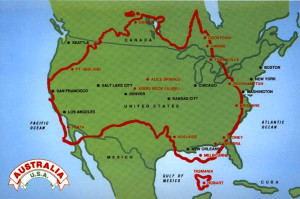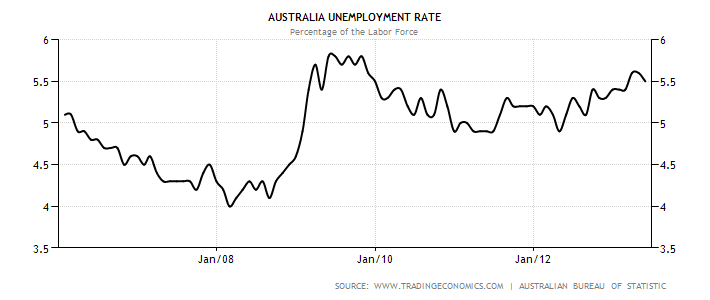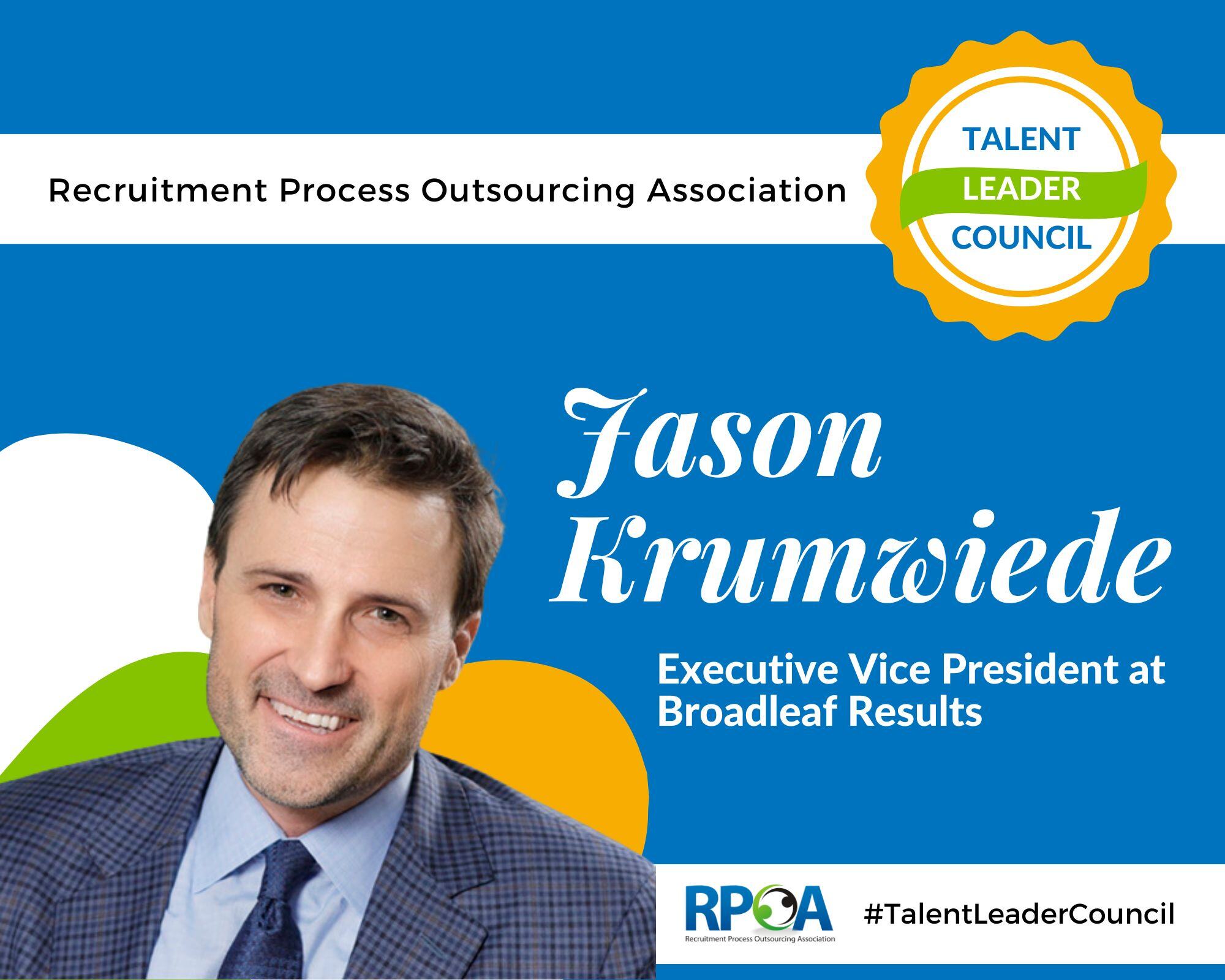Recently we crossed paths with Steve Begg who is the Managing Director of the In-House Recruitment Group, based in Sydney Australia and thought it would be interesting to get an insight into the RPO landscape down under. His post is following.
Australia is an interesting country. It is massive at 7.7 million km2 and is the worlds 6th largest country on the planet.
The following figure shows the outline of Australia superimposed over the United States of America.

The interesting part is that Australia only holds 23 million people compared to 315 million in the United States. The reason for this is the middle of Australia for most part is an inhabitable area. Its not unusual for the average summer temperature to peak around 40-50 degrees centigrade (104-130 F) not to mention that’s where the Inland Taipan (one of the most deadliest snakes in the world calls home). For this reason (not the snake, because they are everywhere), most Australians reside on the coastal fringes with Sydney and Melbourne being the larger of the capital cities.
Today there are 11.5 million workers in Australia with an unemployment rate of approximately 5%.
During the lead up to the GFC, the recruitment industry as a whole was out of control. The RPO industry was starting to come into its own. However it was only available for the bigger end of town and the multi-nationals. We saw organisations like Unilever role out their RPO model well before it became a “fad”.
As can be seen from the following graph, in 2009-2010 the Australian employment market took a substantial hit. Many look at this hit like a market correction, to bring everyone back to reality.

The pre GFC unemployment rate of cira 4% was ridiculous and could be considered to be full employment.
Once the economic crisis started to take place the market place started to shift. We started to see many organisations start to go “in-house” for their people sourcing. They were forced to reduce their operating expenses and that was achieved through many initiatives including lowering head count as well stopping to use recruitment firms when people were needed.
The advent of LinkedIn (which was now the best recruitment database anyone could get his or her hands on), together with an abundance of displaced recruiters made the building of an in-house recruitment function easier than has it has been in the past.
This was the first step for many organisations on their journey to a complete RPO model. Organisations were under the impression that this recruitment thing is easy. As one client of the In-House Recruitment Group recently stated, “you just post ads and wait”. However what they didn’t realise was that without the expertise of building systems, processes, workflows and experience running the recruitment function, a in-house recruitment function, can be a very expensive exercise.
Since then we have seen the RPO market expand with an influx of organisations providing RPO solutions for the Small to Medium Enterprise Markets, and most of the larger recruitment houses offering the traditional RPO solutions for the larger end of town.
As the Australian economy improves, no matter the size of the RPO provider, we all face the same issues in the Australian market place, which is a low unemployment rate. This low unemployment rate impacts the industry in many ways.
- Reduces the number of candidates for certain roles in the market
- Which inturn increases the employment costs due to supply and demand
- Effects retention rates as there are plenty of opportunities for unsatisfied employees
As a result, never before has building communities/tribes of people been more important for the talent acquisition industry of Australia. This strategy needs more than an entry level recruiter to be successful, which inturn is driving up the operational expenses of RPO providers.
So with increased levels of competition through lower barriers to entry and higher costs, the RPO and Agency based recruitment industries are using innovation as their differentiating factor.
But there is innovation, and there is innovation. The market will be the ultimate judge on what innovation means. However those who approach this market thinking they will post and prey (post a role on the job board and prey that someone decent applies) are doomed for failure.
In closing, the RPO industry has a very bright future in the Australian market place. My personal opinion is that it will go through a “boom” stage as the in-house recruitment functions struggle. This will open the door for specialist RPO providers to enter the market and take over the running of these functions.
What forces are affecting the recruitment industry in the United Stats? In this webinar, part of the RPOA Leadership Forum, top RPO executives share their views about the disruptive forces in the RPO marketplace. View webinar.

About the author: Steven Begg is the founder and Managing Director of the In-House Recruitment Group which provides innovative solutions allowing organisations to handle recruitment in-house. Steven has been involved in the recruitment industry for approximately 30 years and has managed some of Australia's most iconic brands, including Randstad, Tanner Menzies, and Hamilton James & Bruce. Steven has worked throughout Australia, New Zealand, Singapore, Hong Kong, US and Canada. Steven hold qualifications in Electronics, Marketing and Business Administration. Steve can be contacted via the In-House Recruitment Group website or via sbegg@inhouserecruitmentgroup.com















